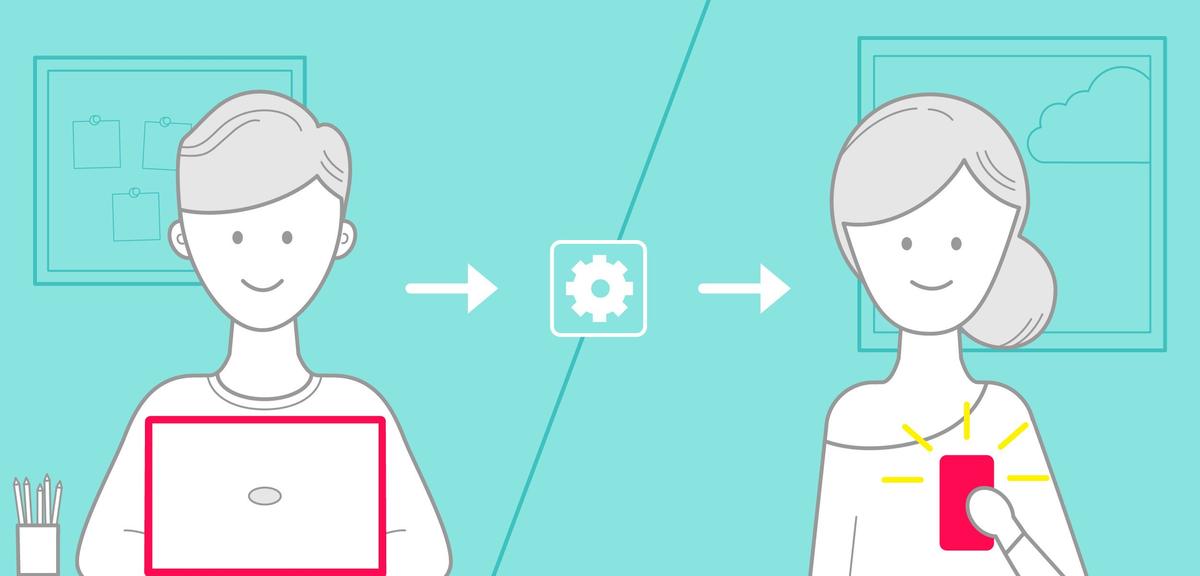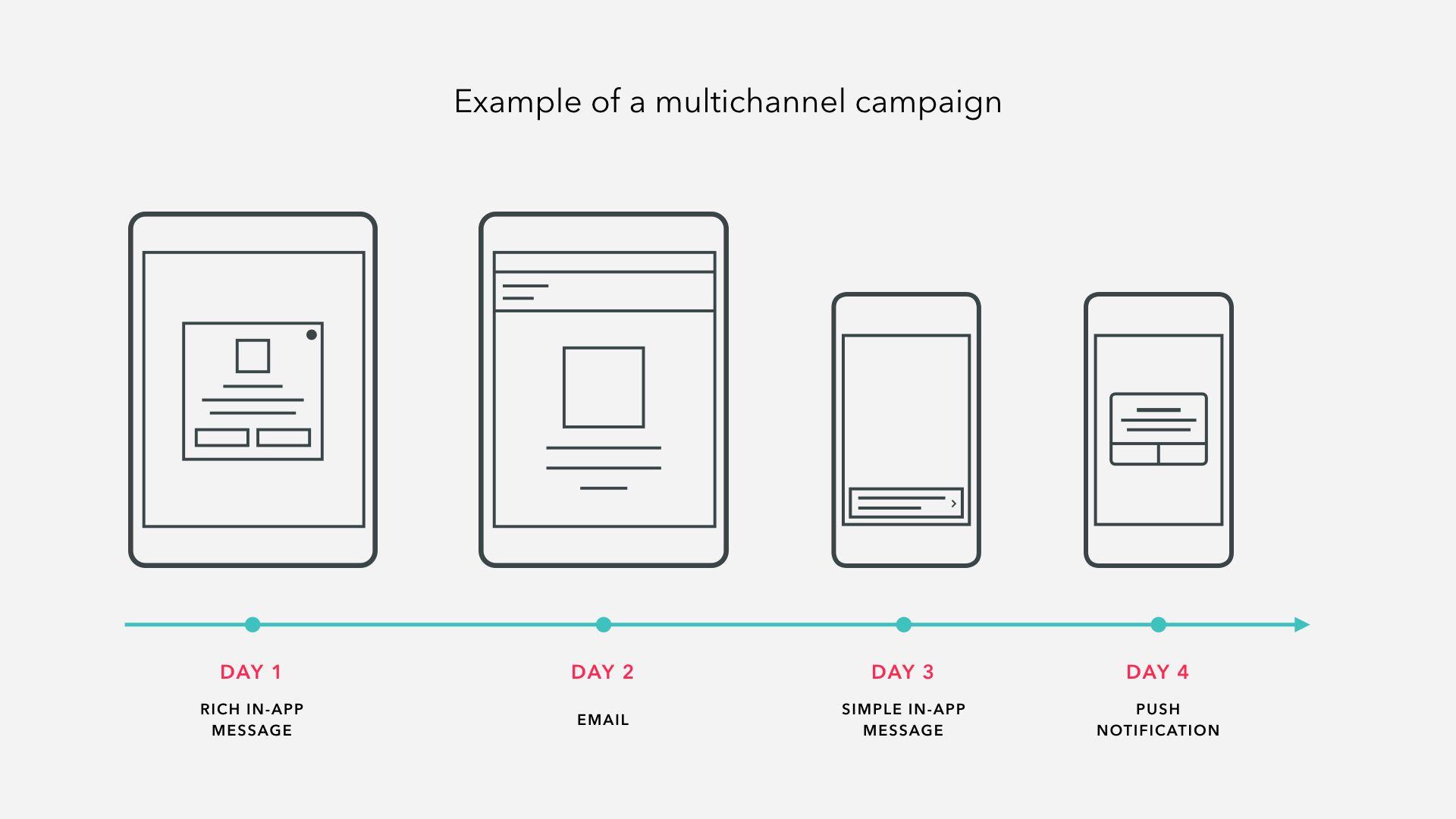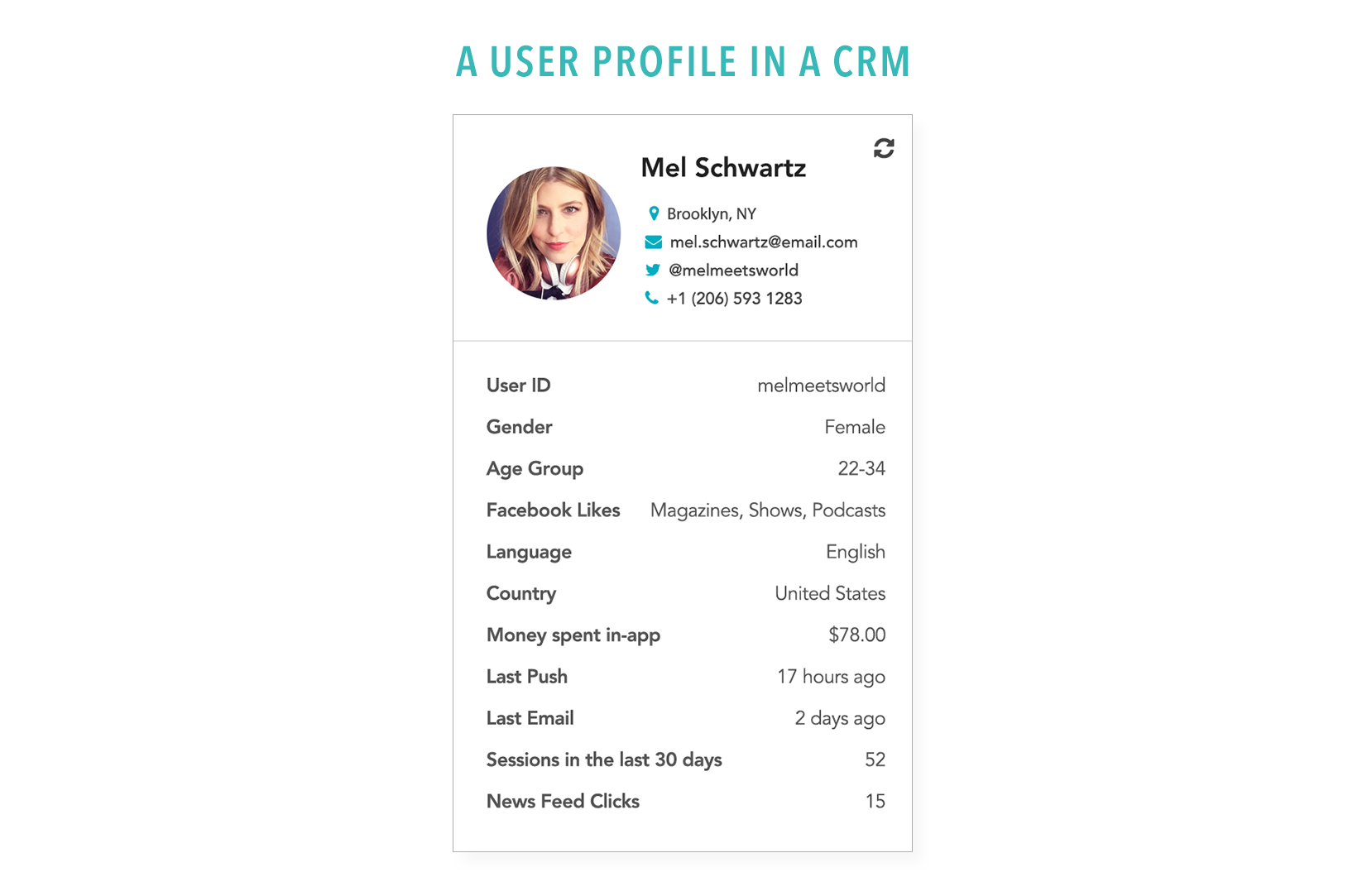How Mobile Marketing Automation Platforms Work
Published on June 30, 2016/Last edited on June 30, 2016/7 min read


Team Braze
Mobile marketing means coordinating and sending marketing campaigns through mobile channels, such as push notifications and mobile-optimized email. Mobile marketing automation, then, refers to tools that can make all that coordinating and sending easier. These platforms pull together information like user attributes and engagement data, and facilitate the creation of multichannel campaigns, all with a proficiency for mobile channels and devices. Mobile marketing automation platforms make your marketing efforts more efficient and more effective.
These platforms have become more important as customer expectations for highly relevant brand experiences have soared. As Appboy CEO, Mark Ghermezian, explained on VentureBeat, “Customer interactions will increasingly take place on mobile and other connected devices, [and] brands who want to build meaningful relationships with their customers will be much better served investing in a mobile-first marketing automation and CRM technology platform.” (More on how CRM fits in below.) Here’s how mobile marketing automation can help you grow customer relationships.
What is mobile marketing automation?
Mobile marketing automation refers to tools which help you manage and build multichannel campaigns, with the goal of managing customer relationships at scale. While you personally might be able to manually manage only dozens of customer relationships with any level of attention to relevance and personalization, mobile marketing automation can create a similar experience for thousands or millions of users. Using an MMA platform takes thoughtful setup and planning but the technology allows marketers to connect dots and send sophisticated campaigns like never before, that have the potential to provide customers experiences that feel personalized.
That’s the goal—personalized experiences that encourage customers and users to become more loyal to your brand.
It’s worth noting that “automation” here does not equal “automatic.” Mobile marketing automation doesn’t do the hard work of branding or writing copy for you, but it enables you to spread and personalize your messaging to a much larger audience. The vision and planning comes from the marketer, but the platform allows you to schedule campaigns, test ideas, and analyze the results.
Can you give me an example?
Sure. You should think of these platforms as tools to help you test your hypotheses through intentional planning and use. For instance, an entertainment brand could use an automation platform to test whether sending push notifications about the release of a new web series gets more engagement if only sent to customers that have watched that genre before, and if the messages are sent at the time each user is most likely to watch. If the marketer saw success from this experiment, it could lead to new campaigns built around similar ideas.

What can MMA platforms be used for?
Multichannel campaigns: The four major mobile messaging channels, in-app messages, push notifications, emails, and News Feed Cards each play different roles in mobile marketing. With an MMA platform, you can carefully plan out multichannel campaigns that use several different channels strategically to best reach your audience.

Scheduled campaigns: Like email-only marketing platforms, messages can be scheduled in advance. If you know that the best time to announce a new feature is first thing on a Tuesday morning, or that the best time to remind users about an expiring deadline is late on Thursday night, you can schedule these messages ahead of time. If your platform captures location data for users, you can even create campaigns that reach everyone at the right time according to their time zone.
Automated campaigns can also help you develop a messaging cadence across multiple channels so that users expect to hear from you every so often with useful tips or other information.
Triggered campaigns: Many MMA platforms will provide for the system to take certain actions based on user behaviors, known as triggered campaigns. These can help keep your messaging relevant, such as encourage transactions when customers are primed to buy. If you set up triggers to identify when users have been active every day for a week, or made their first purchase, for example, you can set up special reward campaigns to help take their engagement to the next level.
https://marketing-assets.braze.com/production/legacy/wp/2016/06/7yooobVyXpUf-vMLZW1BPQdelivery.mp4
Frequency capping tools: Some features of MMA platforms can help you avoid over-messaging and annoying your users. Frequency caps can be used to ensure that each user doesn’t receive too many notifications in a certain time period. Using a sunsetting policy can also help you systematically remove disinterested users from your ongoing communications.
Data analysis: Once you’ve run your campaign, mobile marketing automation platforms allow you to do a deep dive into the campaign’s performance. You can review what went well, on which devices, who responded the most positively, and compare the results of A/B or multivariate testing to guide future campaigns.
How do MMA platforms allow for marketing personalization?
People appreciate when the barista they see every morning at 7:35am knows their name. The same is true for an app that people use every day or a website they frequent. Different customers have different needs at different times, and mobile marketing automation platforms can provide a system for managing those differences to keep customers on the path to long-term engagement.
Ideally, your CRM will be fully integrated with your mobile marketing automation platform. User profile information allows you to learn more about your customers through their actions and other data collected.

Once you can take a look at the people who love your product or brand, you can start to plan campaigns around common user needs and desires to drive your messaging. Some of the best copy speaks to what users want, and the best way to get there is through a solid understanding of key user groups.
Over time, this data will also help you map customer journeys to see what most effectively re-engages lapsing members, or to identify key actions that lead to more engagement or transactions in the long run. Developing campaigns around this crucial information can lead to big increases in conversions or revenue, because you can act based on what you know works.
Once you’ve identified key customer groups, you can start segmenting your campaigns. If you find your power users respond well to daily push notifications, you can provide them with ongoing recommendations on new products to keep them active, while at the same time providing helpful, “getting-started” content for newer users still learning your app or site.
https://marketing-assets.braze.com/production/legacy/wp/2016/06/pujay8asgzQOfkgihLVerwtarget.mp4
Mobile marketing automation allows you to harness the data you collect to create personalization fields in your messages to customize experiences. This can go beyond knowing their name to referencing recent transactions or purchases within the text of your message.
How can MMA platforms enable marketing across devices?
If your push notification renders poorly on a tablet or smartwatch, you might start to lose the attention of that customer, even if you’ve been doing everything else right. With the rise of the Internet of Things, there may be even more devices on the horizon for you to have in mind as you strategize and build campaigns.
Make sure your system meets your needs and adapts for different devices. Ideally you’ll be able to preview each message in multiple formats before you schedule it.
How can my brand get started with a mobile marketing automation platform?
Mobile marketing automation platforms can do a lot for your mobile business, but you’ll want to make sure you choose one that will help you develop and deploy your mobile and multichannel strategies in the most effective ways possible. Here are a few tips to get you started:
- Make sure your app and/or website are mobile-optimized so that you can get the most out of your MMA platform.
- Check out five ways to optimize your mobile marketing before you start using a new MMA platform.
- Dedicate resources and schedule the time to develop your request for proposals (RFP), review demos, and the set up of your MMA.
- Use this RFP guide to help your team determine what you need in your mobile marketing automation platform and some of the best questions to ask potential vendors.
Anything else?
Just a quick prediction: we foresee “mobile marketing” as a term going the way of “digital marketing”—first it’s a new buzzword that everyone uses to distinguish this new set of tasks from “old” marketing, but then over time it’s just “marketing”—digital marketing tasks are an essential, inseparable part of a great, complete marketing strategy. That’s where mobile marketing is headed, if it isn’t there already. A robust mobile marketing automation platform can be the key to getting your brand to that level.
Releated Content
View the Blog
Enterprise generative AI: Transforming data, decisions, and customer experiences

Team Braze

Omnichannel personalization: Delivering consistent, connected customer experiences

Team Braze

Are you AI-savvy enough to survive? A wake-up call for CMOs
